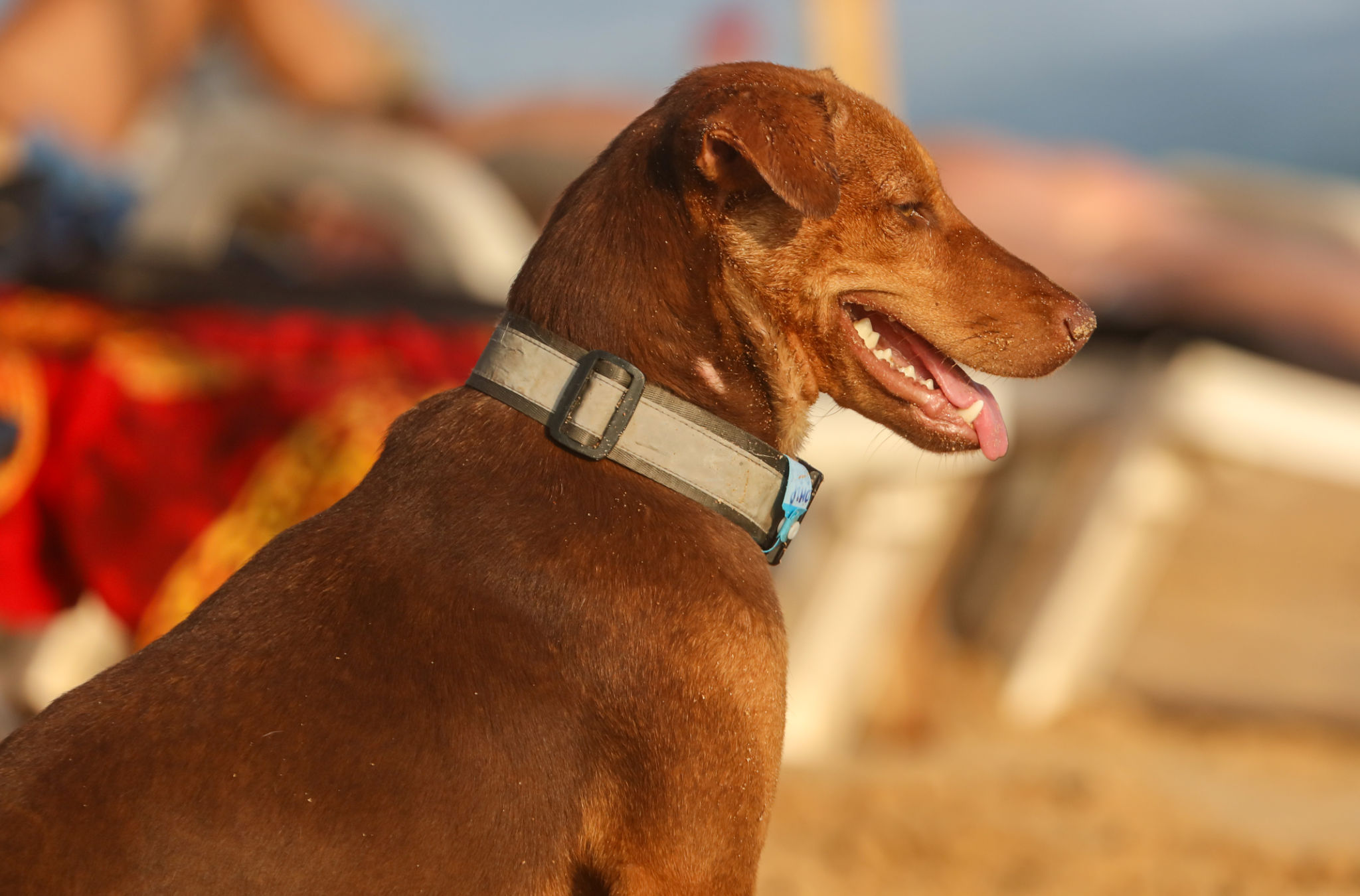Common Dog Walking Mistakes and How to Avoid Them
Understanding Your Dog's Needs
One of the most common mistakes dog owners make is not considering their pet's unique needs during walks. Every dog is different, and factors such as breed, age, and health can influence how far or fast they should walk. Ignoring these factors can lead to overexertion or insufficient exercise.
To avoid this mistake, pay attention to your dog's energy levels and behavior. If your dog seems tired or is lagging behind, it might be time to shorten the walk. Conversely, if your dog is full of energy even after a long walk, consider extending it or incorporating more stimulating activities like fetch.

Choosing the Right Equipment
Using the wrong leash or collar can make walks uncomfortable for both you and your dog. A leash that's too short or too long can either restrict your dog's movement or make it challenging to control them. Similarly, a collar that doesn't fit properly can cause discomfort or even injury.
Opt for a harness instead of a collar if your dog tends to pull. A harness distributes pressure more evenly across their body, reducing the risk of injury. Additionally, ensure the leash is an appropriate length to allow freedom while maintaining control.
Training and Consistency
Lack of training is another mistake that can turn a pleasant walk into a stressful experience. Dogs that aren't well-trained may pull on the leash, chase other animals, or refuse to follow commands. These behaviors can be frustrating and potentially dangerous.
Consistency is key when training your dog. Use positive reinforcement techniques to reward good behavior and be patient. Regular training sessions will help instill good habits that make walks more enjoyable for both of you.

Leash Etiquette
Maintaining proper leash etiquette is crucial when walking your dog in public spaces. Allowing your dog to approach other dogs or people without permission can lead to unwanted interactions or even conflicts. Always ask for permission before letting your dog approach strangers.
Keep your dog close when passing others on narrow paths and avoid retractable leashes in crowded areas as they offer less control.
Ignoring Weather Conditions
Weather conditions can significantly impact your dog's comfort and safety during walks. Hot pavement can burn paws, while cold weather can cause discomfort or hypothermia in some breeds.
Check the temperature and weather forecast before heading out. On hot days, walk during cooler parts of the day, and consider booties to protect your dog's paws. In cold weather, a dog jacket might be necessary for smaller or short-haired breeds.

Not Picking Up After Your Dog
Failing to clean up after your dog is not only inconsiderate but also detrimental to the environment and public health. Always carry waste bags and dispose of them properly in designated bins.
This simple act of responsibility helps maintain clean and enjoyable public spaces for everyone and fosters goodwill among fellow community members.
Overlooking Basic Safety
Safety should always be a priority during dog walks. Walking at night without reflective gear or failing to keep your dog on a leash near traffic are common mistakes that can lead to accidents.
Invest in reflective collars, leashes, or vests for nighttime walks and always adhere to leash laws, especially in urban areas with heavy traffic.